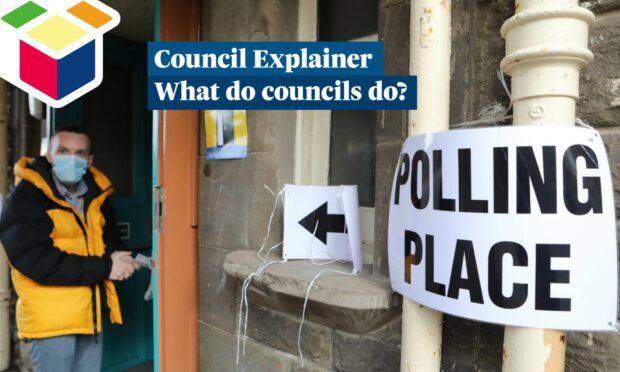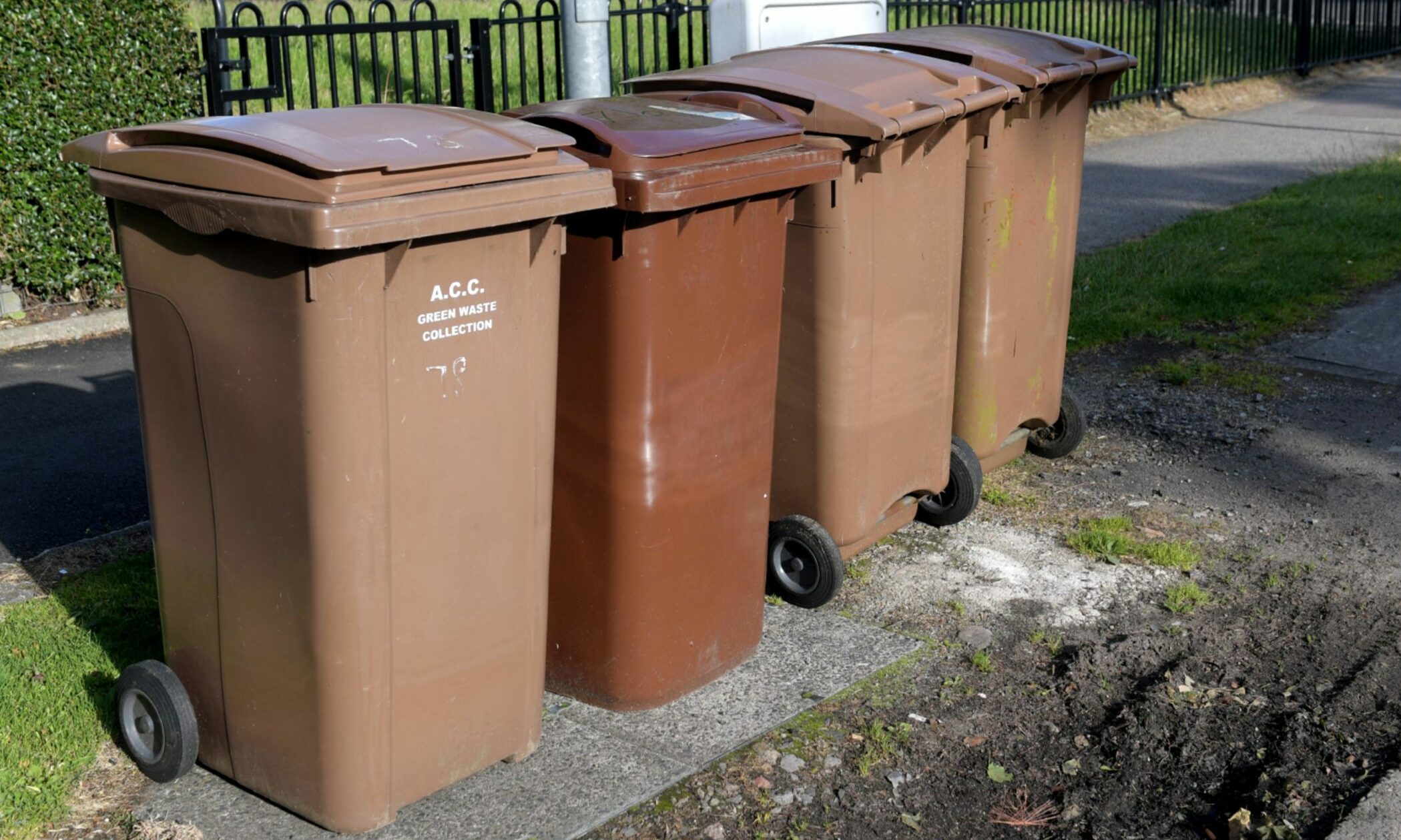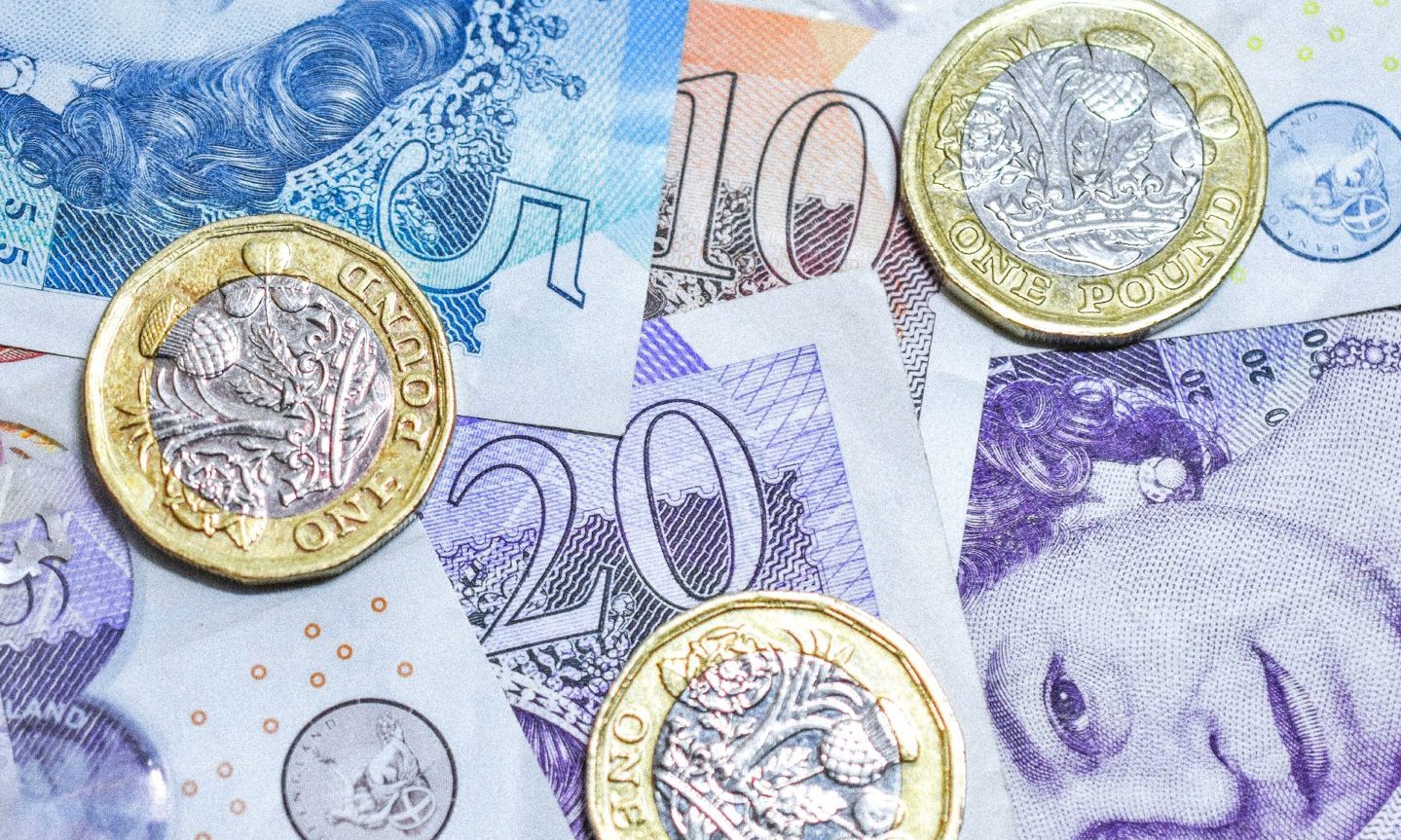When you cast your vote on May 5, you will send local councillors to help run and scrutinise public services. But what exactly are you endorsing? And what are they going to do with your taxes?
The country’s major political parties – along with independent and fringe groups – are battling it out to control local authorities in Scotland for the next five years.
Campaigners will try anything to get your vote on May 5, whether that means making it about Brexit, bins or anything in between.
In Scotland we already have to work out who controls what at Westminster and Holyrood with different parties sometimes working against each other.
To help set the context of the May election, here are the key responsibilities of local councillors and where your taxpayer money is spent.
What do councils do?
While local government can often seem small and insignificant compared to national politics, councils have a range of powers which affect everyone every day.
Councillors are responsible for the day-to-day running of state schools and nurseries in their areas.
They have the power to determine catchment areas to decide which schools children will attend and also set holiday dates for pupils and teachers.
Local authorities are compelled by law to ensure they provide health and social care for locals by working alongside the 14 NHS health boards.
Councils are supposed to ensure your bins are collected on time and that the streets are kept clean.
Local governments are also responsible for maintaining cultural and leisure venues in their areas – such as museums, libraries and public swimming pools or gyms.
Each Scottish council has its own licensing board, which helps regulate pubs and restaurants and determines their opening and closing times.
Local authorities also control road levies and can decide where they want to introduce charges for parking your car.
This includes the controversial new workplace parking charge which was introduced by the SNP earlier this month.
Councillors also have a range of powers in the housing sector – including regulating landlords, maintaining social housing and determining where new properties can be built.
Every local authority in Scotland also has its own environmental health department, which helps monitor food hygiene standards in restaurants.
How are councils funded?
Scotland’s 32 councils all receive the majority of their budget directly from the Holyrood government.
The rest of their funds primarily come from council tax, as well as business rates – a tax on non-domestic properties.
Until late last year council tax had been frozen by the SNP, with local authorities barred from upping it at all.
Council tax going up
From April 1, councils across the country were able to increase rates on their own for the first time since 2007.
A Scottish Government report last year found that education receives more money from local authorities than any other area.
A combined total of more than £5 billion was spent on schools and nurseries, while £3.5bn was allocated to social work.
Significant spending also went to local environmental services, cultural venues and roads and transport.
Budget cuts
In March, a report by the Accounts Commission said councils face funding cuts.
The public spending probe found there had been a 4.2% real-terms reduction to budgets from 2013-14 to 2020-21.
Just like national governments, local authorities have to balance the books and in recent years many have made major cuts to keep schools and health services running effectively.
It was warned in a major report last year that cultural services run by councils and roads have “borne the brunt” of limited funding in recent years.
Read more of our council coverage here:


